Robotic Nephrectomy
Minimally Invasive Approach to Kidney Tumors
What is a Nephrectomy?
During this procedure, the surgeon removes the tumor and saves the rest of the kidney. Not all partial nephrectomies are the same or feasible. This variation is based on tumor factors as well as surgical skill and intra-operative findings.
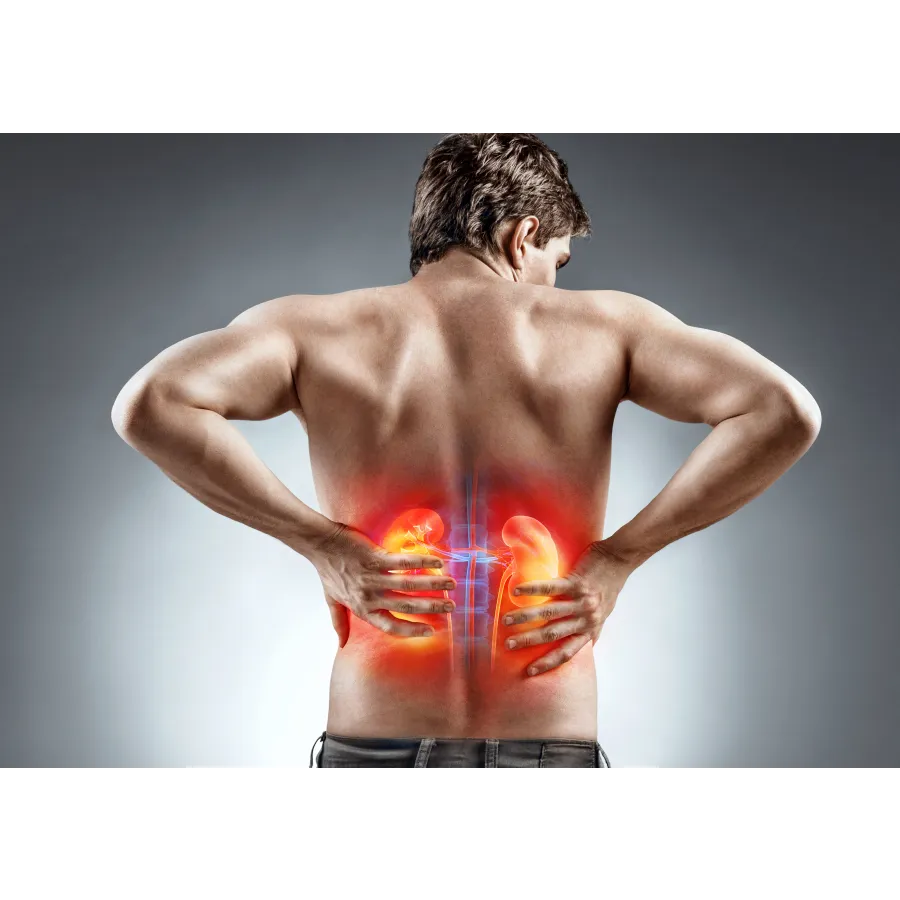
How Is A
Nephrectomy Done?
If we are performing a partial nephrectomy, then the ultrasound is used to mark the margins of the tumor. The blood supply to the kidney is then blocked and the mass is cut out. The defect is reconstructed in multiple layers to help minimize bleeding or urine leak. Usually the tumor is removed from one of the ports in a bag and a drain is left in place. If a radical/total nephrectomy is being performed, then the blood vessels to the kidney are stapled off and the kidney is removed whole with the surrounding fat.
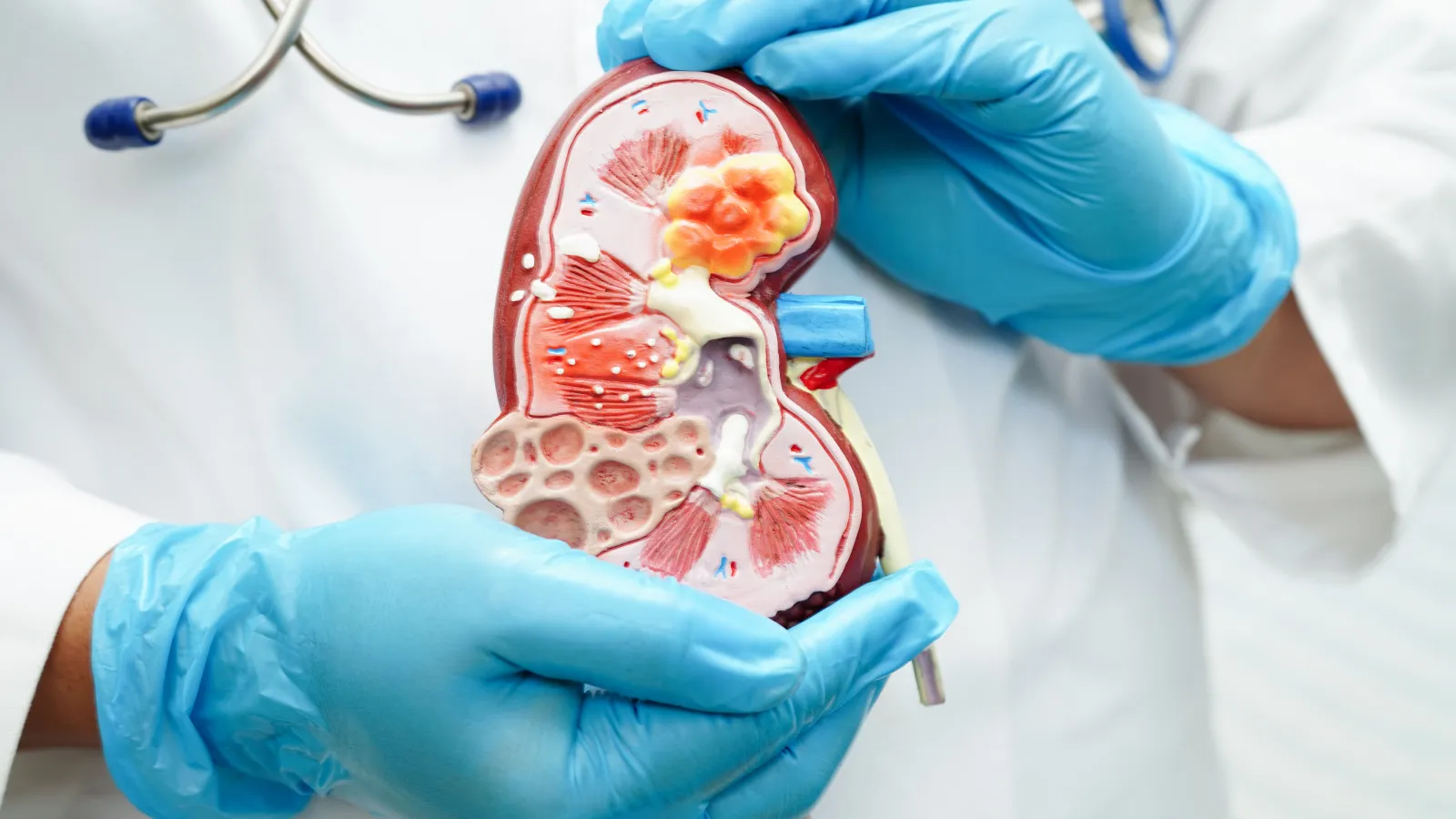
Schedule Appointment Today!
The Operative Journey

Before Your Operation
7 Days Prior to Robotic Surgery
- STOP Aspirin, Ibuprofen, Coumadin/Warfarin, Plavix, Vitamin E after discussion with your surgeon
3 Days Prior to Robotic Surgery
Start enhanced recovery after surgery (ERAS) medications
- This is a patient centered, evidence based pathway to help reduce a patient's surgical stress response, optimize physiologic function, and facilitate recovery after the surgery
- These medications will be a combination of scheduled and on demand to help minimize pain and to avoid the use of narcotics in the post-operative setting
1 Day Prior to Robotic Surgery
- Nothing to eat or drink 12 hours ahead of the surgical start time
- There is no special diet that you need to be on prior to surgery
During Hospital Stay
- Hospital stay: The length of hospital stay for most patients is approximately one to two days.
- Diet: You can expect to have an intravenous (IV) catheter in for one to two days. (An IV is a small tube placed into your vein so that you can receive necessary fluids and stay well hydrated until you are able to tolerate a diet; it also provides a way to receive medication). Most patients are able to tolerate ice chips and small sips of liquids a few hours after surgery and regular food the next day. Once on a regular diet, pain medication can be given by mouth instead of by IV or shot.
- Postoperative pain: Pain medication can be controlled and delivered by the patient via an injection (pain shot) administered by the nursing staff or by pills. You may experience some minor shoulder pain (one to two days) related to the carbon dioxide gas used to inflate your abdomen during the surgery. This will go away the more you move around after surgery.
- Nausea: You may experience some nausea related to the anesthesia or pain medication. Medication is available to treat persistent nausea.
- Urinary catheter: You can expect to have a urinary catheter draining your bladder (which is placed in the operating room while you are asleep) for approximately one to two days after the surgery. It is not uncommon to have blood-tinged urine for a few days after surgery.
- Fatigue is common and should subside within a few weeks following surgery.
- Incentive spirometry: You will be expected to do some very simple breathing exercises to help prevent respiratory infections by using an incentive spirometry device (these exercises will be explained to you during your hospital stay). Coughing and deep breathing are an important part of your recuperation and help prevent pneumonia and other pulmonary complications.
- Ambulation: Once the surgery is completed, it is very important to get out of bed and begin walking under the supervision of your nurse or family member to help prevent blood clots from forming in your legs. You can expect to have sequential compression devices (SCDs) along with injections to help prevent blood clots from forming in your legs.
- Constipation/gas cramps: You may experience sluggish bowels for several days following surgery as a result of the anesthesia. Suppositories and stool softeners are usually given to help with this problem. Taking a teaspoon of mineral oil daily at home will also help to prevent constipation. Narcotic pain medication can also cause constipation, and therefore patients are encouraged to discontinue any narcotic pain medication as soon after surgery as tolerated.
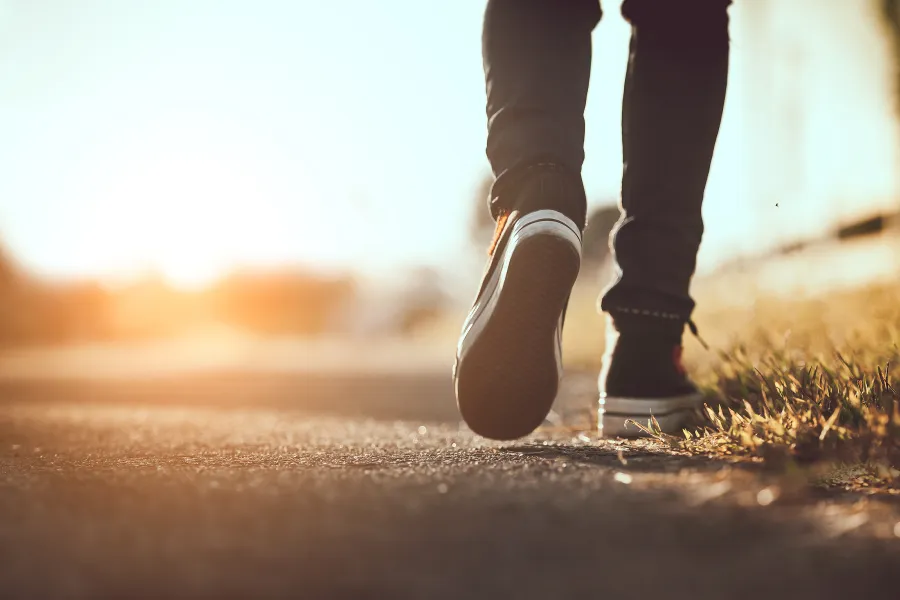
Post-operative Recovery
- Pain control: You can expect to have some pain that may require pain medication for up to a week after discharge. Tylenol should be sufficient to control your pain. It is important to stay ahead of the pain.
- Showering: You may shower after returning home from the hospital. Your wound sites can get wet but must be padded dry immediately after showering. Do NOT scrub the incisions, let soap and water run down over them. Tub baths are not recommended in the first two weeks after surgery as this will soak your incisions and increase the risk of infection. The sutures underneath the skin will dissolve on their own in four to six weeks. The skin glue will fall off over the course of 1-2 weeks.
- Activity: Taking walks is advised. Prolonged sitting or lying in bed should be avoided. Climbing stairs is encouraged but should be taken slowly. Driving should be avoided for at least one to two weeks after surgery. Absolutely no heavy lifting (greater than 20 pounds) or exercising (jogging, swimming, treadmill, biking) until instructed by your doctor. Most patients return to full activity on an average of three weeks after surgery. You can expect to return to work in approximately two to four weeks.
- Follow-up appointment: You will see us in the office 1 week after your surgery. You may either call for a follow-up or one will be scheduled for you.
- Stent follow-up: If a stent is placed, then the stent will remain in place for approximately one month and will then be removed in the doctor's office through a cystoscope (a small telescoped passed down the urethra to retrieve the stent). It is not uncommon to feel a slight amount of flank fullness and urgency to void, which is caused by the stent. These symptoms often improve over time.
Why Choose Advanced Urology?
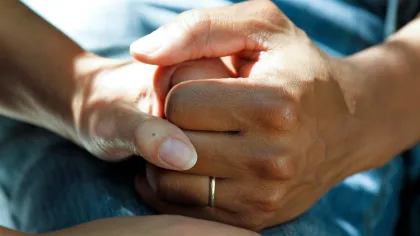
Comprehensive Care
We have ultramodern purpose built facilities to provide all your care. You will have access to every Super specialist at Advanced from recurrent urinary infections to clinical trials to the most challenging cases. We have all the expertise in house to help you.
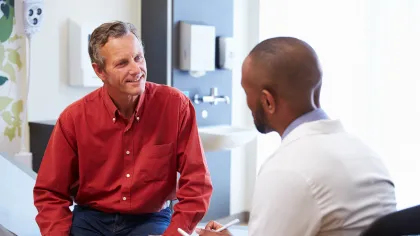
The Advanced Difference
Advanced Super Specialists are board certified urologists with exceptional training. They focus on a narrow subset of urology. This superspecialization on a disease state leads to to more experience, greater expertise, and a better outcome. Our experts are world renown for their skill, knowledge, and compassion.

A Winning Team Committed to You
Our award winning team will collaborate with you, your family, and the other providers involved in your care. We think communication is essential in delivering great outcomes. The most important thing to know is that we are here for you.
Better Outcomes & Fewer Side Effects
Advanced Techniques
- Zero Ischemia
- Selective Clamping
- Retroperitoneal Approach
- Multiplex Partials
Common Complications
- Bleeding (2%)
- Injury to surrounding structures (1%)
Postoperative
- Bleeding and/or Wound Infections
- Blood in the urine and/or Urine Leakage
- Partial nephrectomy carries a higher complication rate than radical nephrectomy
